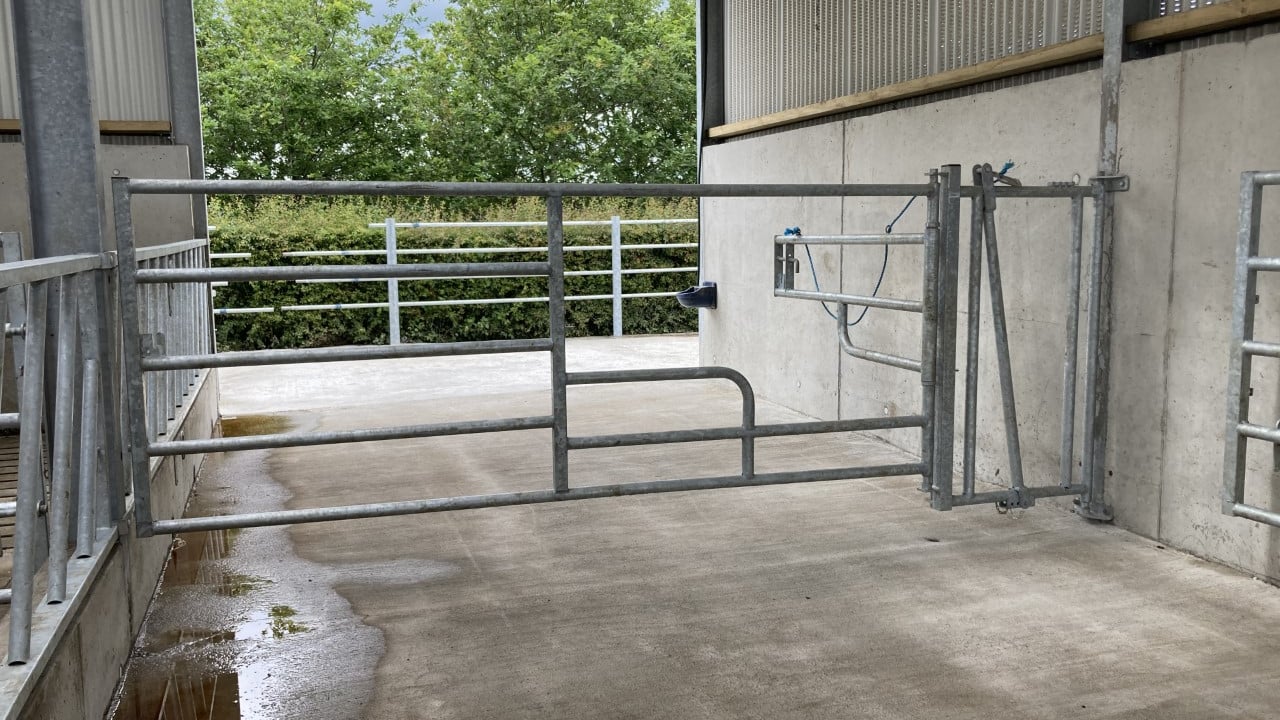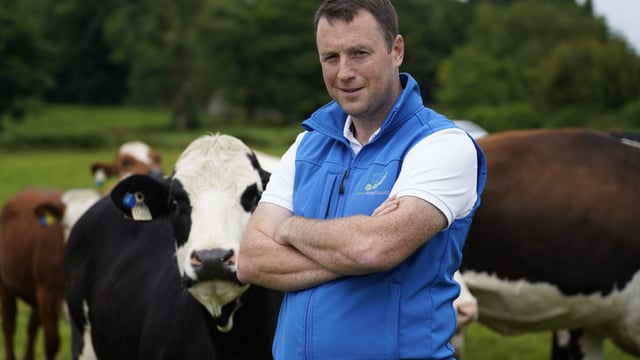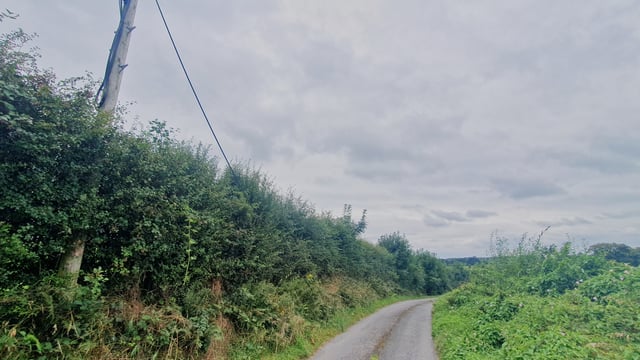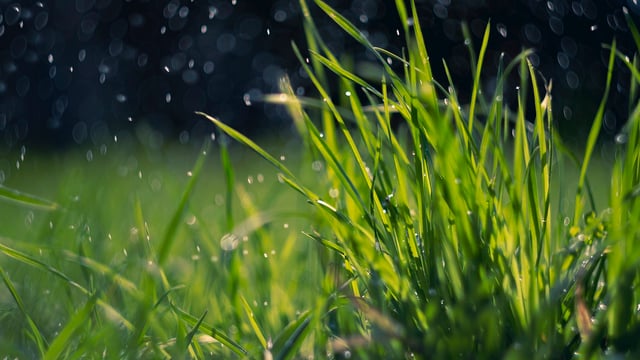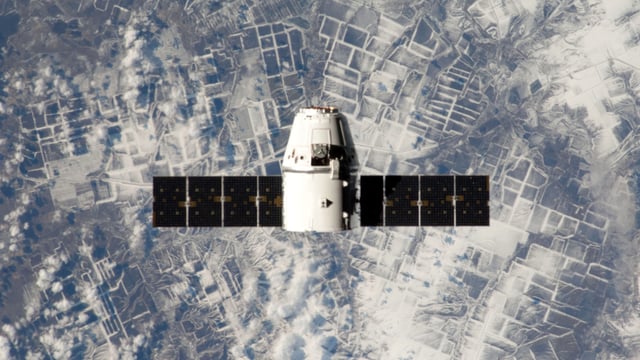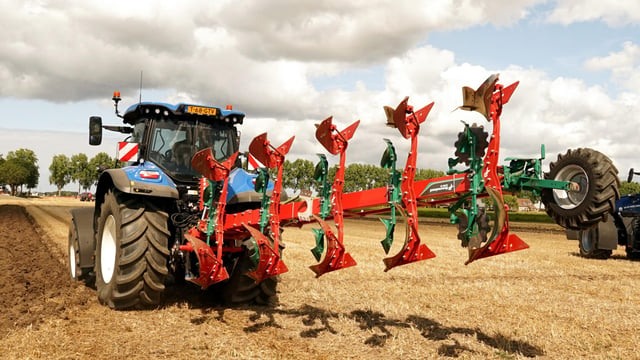Preparing for calves on the ground this autumn calving season
Preparation for autumn calving should begin now as the start of September nears.
A lot of autumn calving herds will begin calving around the middle of September or start of October, and having everything ready in advance will relieve stress on both the farmer and the cows, allowing for an easy, clean, and relaxed calving.
Farmers should not wait for the arrival of calves to start getting the sheds ready.
All calf and calving sheds should now be washed and disinfected and the ordering of milk powder and supplies should start.
In addition, you should also ensure that the dry cows are getting adequate grass and roughage and are in a clean paddock to allow for any easy calving with no difficulties.
Ensure these cows are getting adequate minerals to avoid metabolic issues at calving. Skinny cows should have access to a higher quality diet while well-conditioned cows are restricted to feed or are primarily fed a lot of fibre.
There should be no risk taken in terms of leaving the cows out for as long as possible. Once a cow begins to spring, she should be brought inside where she is close to a calving gate and calving facilities to avoid injury and stress.
Autumn calving
Farmers should make sure that their calving facilities are clean, well-bedded, well-lit and have an adequate supply of clean water prior to the calving season.
Ideally, calving pens should be equipped with a self-locking restraining gate and should not be used to accommodate sick cattle.
Moving cows that are close to calving to these calving pens should be done well in advance, to ensure the cow is not stressed. This can be a particular problem for heifers.
All calvings should be somewhat observed without intruding and disturbing the animal, as it will add to her uneasiness. Farmers should make sure that their calving cameras are working well prior to calving.
Farmers need to have a look at what supplies they already have in the yard and put together a list of things that they will need to order or purchase.
Below is a list of materials that should be stocked and ready to go before calving gets underway:
- Disposable plastic gloves (long and short);
- Gel and paper towels;
- Calving ropes (minimum of two pairs);
- Calving jack;
- Oxytocin, calcium bottles or boluses, and magnesium;
- Disinfectant for navel;
- Brix refractometer to test colostrum;
- Stomach tubes – have a minimum of two to have a separate one for electrolytes/sick calves and another for feeding colostrum to calves;
- Calf tags, and notebook or a phone app to record calving information;
- Infrared lamp for sick calves;
- Footbaths with disinfectant.
Farmers should make sure they have all the supplies required at hand during the calving season to have them there when/if required, rather than having to run to the local store to purchase them.
While getting these supplies together is essential, it is also important to check that the calving jack and ropes are in good order.
Ensuring that dry cows are getting their optimal nutrition is also crucial, as even though many of these cows will still be put on grass while potentially getting buffer fed dry cow silage or straw, they will eventually be brought inside closer to the parlour.
Feeding well-preserved silage is crucial and the quality of the silage should be at 68-70% dry matter digestibility (DMD), ideally.
Lower DMD silages may require some concentrate supplementation and so farmers should analyse their silage fed for mineral content as a mineral supplementation programme should be put in place to address any issues encountered.
If your silage is lacking in certain minerals, farmers need to supplement with extra. This should be discussed with your vet to ensure the best protocol.
Dry cows should have access to a mineral block or be dusted twice a day with a mineral containing: low calcium of less than 1.1%; 20-25% magnesium; 2-5% phosphorus (higher if forage P is low); at least 12,000 units/100g of Vitamin D; and trace minerals such as copper, zinc, iodine, and cobalt.
The next thing these farmers are going to start looking at is bulls to match these cows for the autumn breeding season, but it seems that many artificial insemination companies are holding off on their autumn sire directories for now, until the new Economic Breeding Index evaluations and changes are implemented in September.

